The V12 Engine by Karl Ludvigsen
Haynes Publishing, 2005, 2012
424 pages, black and white and color photography
Footnotes at end of each chapter; Index, General and V12 Cars, engines and teams
$62 plus shipping
Order from Haynes.co.uk
News Flash: In our opinion, Karl Ludvigsen is the Great Kahuna, Fearless Leader, The Boss, The Chairman, The Wiz, all wrapped up into one enigmatic bundle of car enthusiasm. I doubt if anyone in the future will be able to surpass his excellence and overall productivity. If you’d like to meet this amazing guy, he’s appearing in Watkins Glen NY, at the IMRRC this weekend, Saturday, April 13 and will speak about “A Lifetime on Wheels”.
Review by Pete Vack
Karl Ludvigsen is one of the few people equipped with the necessary engineering knowledge, incredible writing ability, a vast and deep insight of the history of the automobile on a global scale; and the access to materials necessary to research, document and present such a lengthy and complex subject as the history of the V12 engine.
The V12 Engine , first published in 2004, now in its second edition, is vintage Ludvigsen; so thorough it will bring tears to one’s eyes, so in-depth that he consistently brings up cars and engines we have never heard of before, so accurate he can describe the peculiarities of the V12 angle, crankpin and cylinder spacing so even I can readily understand why fork and blade rods have an elliptical pattern. He takes care to keep the reader’s transmission engaged; we get through a fully detailed chapter on the beginnings of the V12 and we find that it heralds not from Great Britain, France, Germany, or Italy, but….well, you’ll find out. We’ve chosen some cutaways for this review courtesy of Haynes; in general they are in chronological order, and we’ve included the captions as they appear in the book.
I imagine one could just buy the book for the relevant chapters on Ferrari and Lamborghini, but that would be a great disservice to the book and history in general. From the start, V12 design was hi tech, high end stuff meant for those who either needed the best or the fastest. Therefore the twin six, as they were once known (But don’t call your neighbor’s Ferrari V12 a “Twin Six”), graced only the most luxurious or fastest cars of the times. Duesenburg, Bugatti, Voisin, Packard, Lincoln, Fiat, and others all planned or built V12 masterpieces.
Depth and Detail
As one might expect, this is not a light, chatty read, but neither is it an engineering paper with formulas and detailed blueprints. Yet, like a math course, it must be mastered one block at a time, pardon the pun. Karl has figured a million ways to describe the admittedly limited variety of Vs, cam types, pushrods, valve angles and actuation, supercharger and carburetion systems. One newish word that one doesn’t normally see in an automotive text is “titivation” which, contrary to expectations, means to “spruce up.” Still, there is a lot of repetition as each engine and variant is described in detail. In fact he spoils us with detail. We just get used to it and suddenly notice there is no mention of head design in the chapter on the Lincoln V12. Now a good Lincoln guy will tell you immediately that it was a flathead 12, but I’m not a good Lincoln guy.
Most car enthusiasts are familiar with many of the cars and engines in a larger sense; even this reviewer for example knows that Cord used a Lycoming (Lycoming was owned by Cord) engine, the Reid Railton record cars used British Napier Lion W12 engines, and that Franklin out of Indianapolis had an air-cooled V12 in the 1930s. However, Karl puts on the magnifier and brings this all into delightful detail, broadening our understanding of the capabilities as well as shortcomings of engineering — both here in the U.S. and in Europe.
Breadth and Scope
The length and breadth of this book is amazing and thorough. Karl never leaves a stone unturned from record attempts on the sands of Pendines to Ab Jenkins’ remarkable string of records set with a Liberty-engined Duesenberg called the Meteor. Therefore the construction, layout, and overall outline of the book is important for the history of the V12 spans the entire 20th Century and a good bit of the Northern Hemisphere. It is arguably, along with aerodynamics, the closest link to the parallel development of the piston-engined aircraft. The subject of V12s include motorboats, record cars, GP cars, luxury cars, airplanes, companies and individuals from all over the globe, and two World Wars that were both instrumental in the development and\or waning of the V12. Written for the occasion of the 100 year anniversary of the first V12 built in 1904, it covers ten decades and devotes a great deal of text to modern V12s. The subject lives on and will live on for some time, increasing – no, decreasing — in ranks.
Oh, the Cutaways
For one who does not have an engineering degree, engine cutaways do more to enhance the understanding of the workings of a combustion-engine than anything else. The V12 book rarely misses a beat here; rarely is there an engine discussed which is not also illustrated with an effective cutaway and in term accompanied by an even more detailed description. We learn of the first means to create a system of self-adjusting valve lash mechanisms, developed by GM Research for the Cadillac V12 and licensed to Packard.
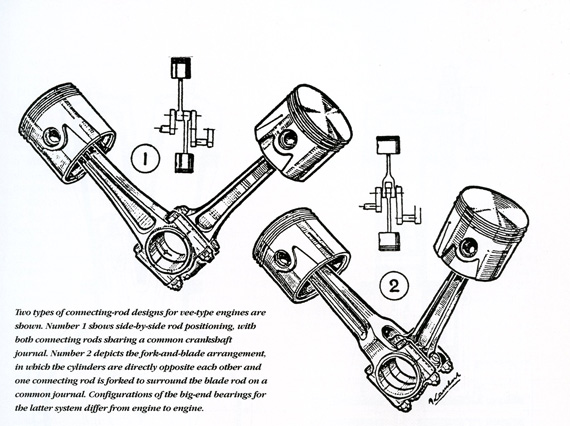
The variety of ways to design connecting rods to allow for straight on cylinder-to-cylinder design (vs staggered opposing cylinders) is described with many drawings. Valve gear operation including the Sleeve Valve V12 Twin Six Daimlers is made clear. V12 aero engines are covered — or shall we say uncovered — in the same manner; making it easy to understand why, when, and what the differences were and how so often the designs went from one engineer to another, from aero applications to marine to automotive.
This is not to imply that The V12 Engine is all diagrams; there are plenty of historical black and white and color images throughout the 424 pages.
Anecdotes
Between this, Ludvigsen keeps us amused with the more human side of the story, constantly throwing out V12 anecdotes along the way. Rolls-Royce created successful aero V12s in the 20s and 30s, winning the Schneider Trophy in 1931, but the cost-no-object V12 for the Phantom III was a loser. Meanwhile, W.O. Bentley worked in a leaky shed accompanied by spiders as he designed the Lagonda V12 on a tiny budget, which was a complete success and even placed third and fourth overall at Le Mans. In 1915 a genius by the name of Walter Marr designed the still-born Buick V12. But he did so from his home in Tennessee, refusing to get involved with Detroit politics. And for good measure he plucked a young Leo Goosen to help with the design. Goosen, of course, would go on to fame for the Offy.
The V12 aero-engine land speed record cars held records of their own for death and destruction. The first brave driver of the Liberty-engined Triplex record car (which was powered by three V12 Liberty aero engines) was Ray Keech. After one attempt he refused to sit in the car again. The next driver, Lee Bible, was indeed killed in the Triplex as it attempted another record. Keech went on to be the first posthumous race winner of Indy and Altoona, where he was killed.
Appropriately, about half the book is devoted to American, British, French, German (and Austria/Czechoslovakia) and Italian V12 designed before the war, and rest delves into perhaps better known areas of post war V12s from Ferrari, Maserati, OSCA, Matra, Jaguar, Lamborghini, VW/Audi/Bugatti, and an amazing array of engines from manufacturers such as Mazda, Mercedes, BMW, Bentley and Honda.
How Does He Do It?
We don’t know how Ludvigsen manages to create so many works with so much depth and accuracy, but at 78, he doesn’t seem to be slowing down. Ludvigsen said The V12 Engine “…was inspired by my random discovery that I had great clipping files by Van Wyck Hewlett on the American twelves. It all went on from there, and I had good help from Haynes too as you can see.”
We also asked him of all his books, which does he consider his best and which was his toughest? “Crikey, I really can’t say. I like the sweep and revelations of my book on the Mercedes-Benz Racing Cars. I’m pretty happy with Porsche — Genesis of Genius. I suppose I’m proudest of Battle for the Beetle, which is a pretty good read covering a great story. It’s just being re-launched by Bentley in a new edition. The toughest is easily my forthcoming history of supercharging/turbocharging, which I’m right in the middle of now!”
When asked about the future, he replied, “I’m currently updating my history of the Corvette in a Volume 1, C1 through C3 — the Mitchell-Duntov Years — for release this August. I’m very excited about its new format and lots of new information and interpretation. A second volume will follow later. Next I’m wrapping up a title called Professor Porsche’s Wars,”which is self-explanatory. After that I’ll be finishing Supercharging. Then I have a few more ideas brewing…some military as well.”
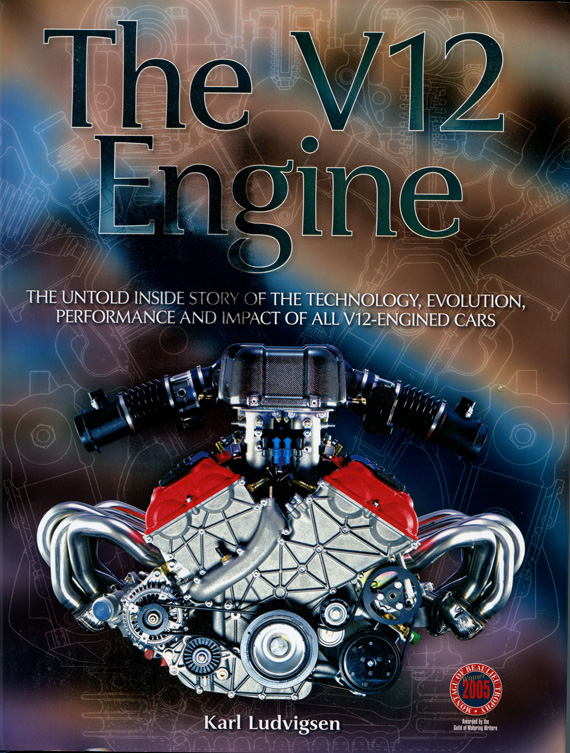
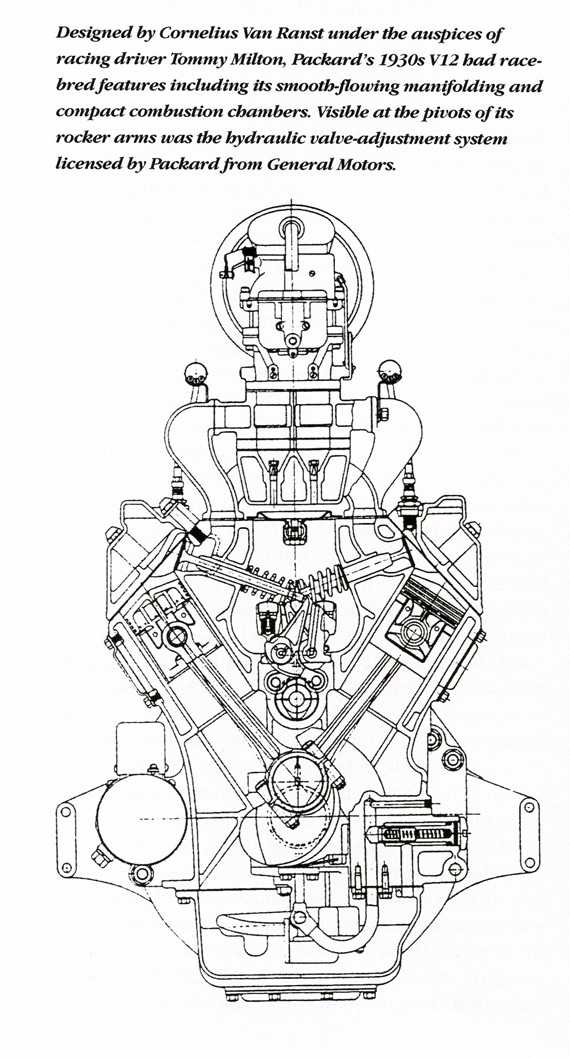
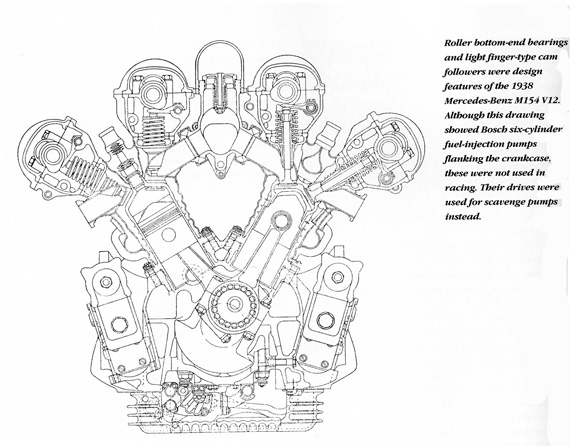
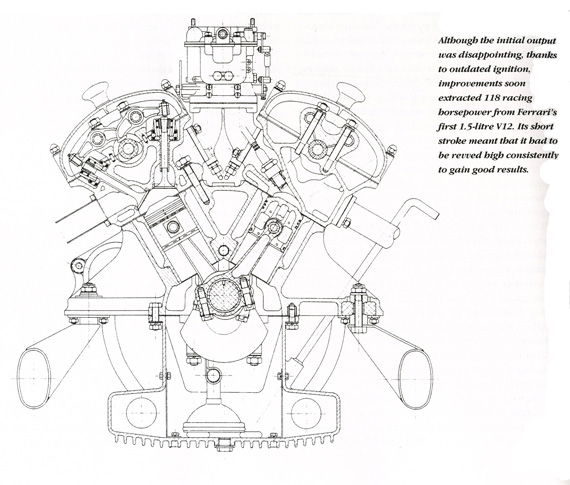
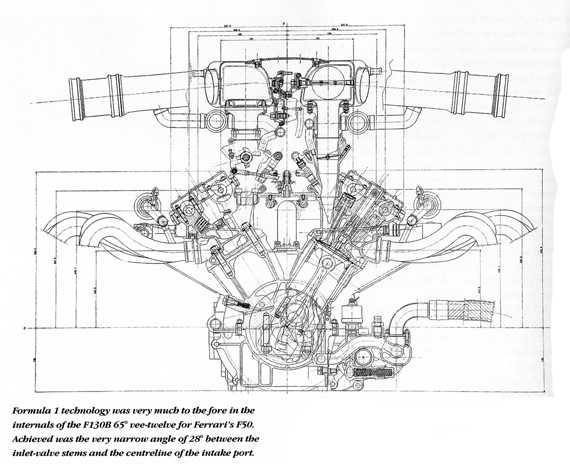
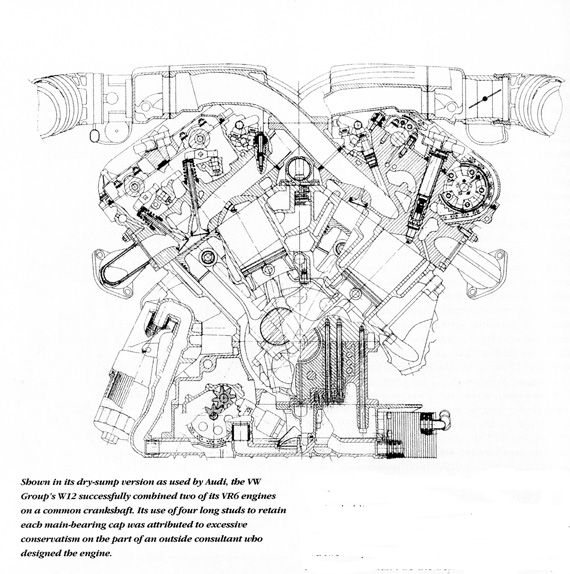

Pete:
You’ve done it again…………….written a most worthy review of
a most worthy Ludvigsen V12 engine review.
Terrific!
Al
I wonder if there is any mention of the V12 Lancia engine that made a brief appearance after WW1. It is thought it was a follow on from Lancia’s aircraft engine production but did not make it into a car. probably due to heat problems caused by the exhaust through the narrow angle Vee.
Regards Al
Alan,
Ludvigsen not only describes the aero V12 50 degree and 53 degree Vs, but the 1919 automotive V12 with a 22 1/2 vee and provided cutaway drawings. Lancia was obsessed by V12 but they never worked out for him. I didn’t mention it in the review, but at $62 or so, this book is a steal.
Pete Vack